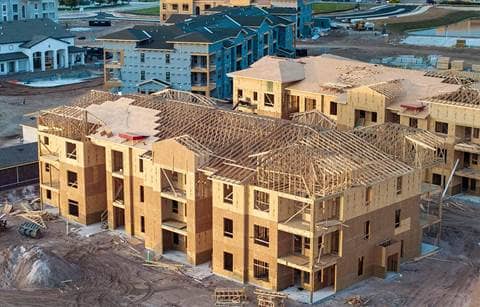In a recent article published on PE HUB, former Plante Moran Partner Daron Gifford calls the auto parts business a “capital-driven industry” — and I couldn’t agree more. But if capital is driving the auto parts business, then OEMs’ expectation for their suppliers is the engine beneath the hood.
OEMs, with their increased production, are urging their suppliers to join them as they expand into new regions. This fact is having a significant impact on suppliers’ need for additional capital — and their strategies for expansion and relocation as they grow to meet their clients’ needs. Daron points out that Tier 1 manufacturers are already experiencing pressure to expand and move, with sub-tier suppliers not far behind.
The amount of capital required to compete in this arena makes the supplier industry very hard to penetrate, especially for new entrants. However, outside investors continue to pursue auto suppliers as the valuation of auto suppliers continues to rise, and Daron highlights a variety of new sources of capital in his article. Such large outlays in investment can lead to big opportunities for incentives at both a state and community level.
Capital aside, expanding and moving — especially in today’s volatile industry — can have deep repercussions on a suppliers’ operations. Current supply chains, which Daron states are already running close to capacity, are being disrupted. In addition, opening new facilities requires hiring additional managerial and administrative reinforcements to support each new operation. Adding staff can be a key component to ongoing incentive negotiations throughout the site-selection process.
To capitalize on any available financial opportunities, suppliers should evaluate each potential location — and the operational impact of expanding or moving to each location — well in advance of any spending.
If you’d like to how Plante Moran Cresa can help you plan for your next national site selection project or set up a comprehensive incentive comparison, let's start a conversation >>





